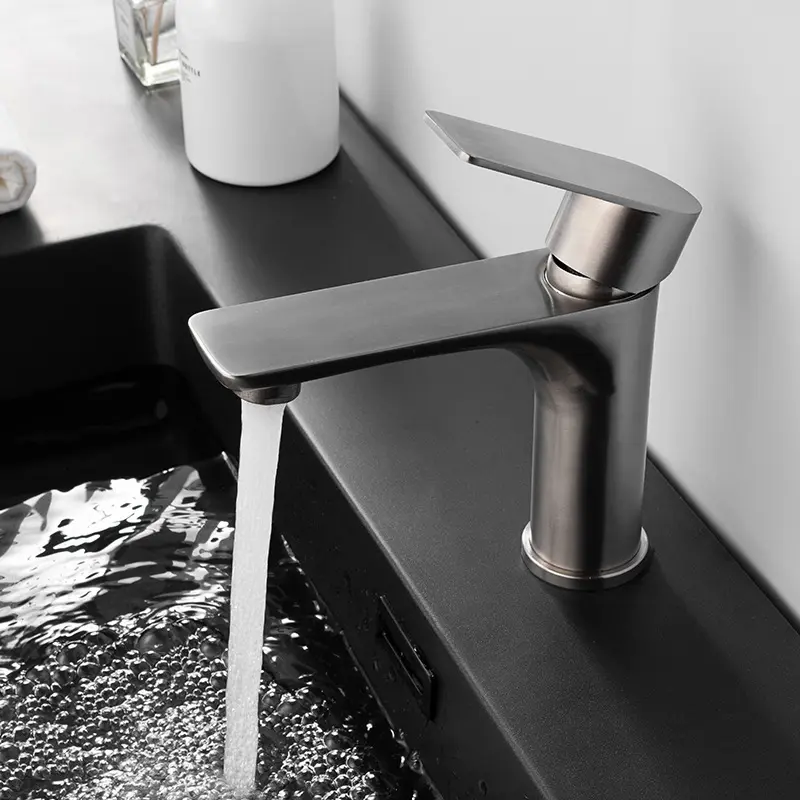Faucets are an essential fixture in every home, serving as the primary interface for water delivery in kitchens, bathrooms, and utility areas. Over the years, the design and functionality of faucets have evolved significantly, reflecting changes in technology, aesthetics, and user needs. This article explores the history, types, and importance of faucets in modern living.
A Brief History of Faucets
The concept of the faucet dates back to ancient civilizations, where rudimentary water delivery systems were created using clay and metal. The word “faucet” itself is derived from the Old French term “fausset,” meaning “a plug or stopper.” Early faucets were simple devices that allowed water to flow from a container, but as plumbing systems advanced, so did the design and functionality of faucets.
By the 19th century, the introduction of indoor plumbing revolutionized the way people accessed water. Faucets became more sophisticated, incorporating valves and handles that allowed for better control of water flow and temperature. The advent of modern materials like brass, stainless steel, and plastic further enhanced durability and design options.
Types of Faucets
Today, faucets come in a variety of styles and types, each designed to meet specific needs and preferences. Here are some of the most common types:
- Compression Faucets: These are the traditional faucets that use rubber washers to control water flow. They require turning the handles to open and close the water supply.
- Ball Faucets: Commonly found in kitchen sinks, ball faucets have a single handle that controls both temperature and flow. They are known for their ease of use and modern design.
- Cartridge Faucets: These faucets use a cartridge to control water flow and temperature. They are available in single or double-handle designs and are known for their smooth operation.
- Ceramic Disc Faucets: Featuring a pair of ceramic discs, these faucets provide a drip-free experience and are highly durable. They are often considered the most reliable option.
- Touchless Faucets: With the rise of smart home technology, touchless faucets have gained popularity. These faucets use motion sensors to detect hand movement, allowing for a hands-free experience that promotes hygiene.
The Importance of Faucets in Modern Homes
Faucets play a crucial role in our daily lives, impacting both functionality and aesthetics. Here are some reasons why faucets are important:
- Convenience: Faucets provide easy access to water, making daily tasks like cooking, cleaning, and personal hygiene more efficient. The right faucet can streamline these activities, saving time and effort.
- Water Conservation: Modern faucets are designed with water-saving features, such as aerators and flow restrictors, which help reduce water consumption without sacrificing performance. This is particularly important in an era where water conservation is critical.
- Aesthetic Appeal: Faucets are available in a wide range of styles, finishes, and designs, allowing homeowners to choose fixtures that complement their interior decor. A well-chosen faucet can enhance the overall look of a kitchen or bathroom.
- Health and Hygiene: Touchless faucets promote better hygiene by minimizing contact with surfaces that can harbor germs. This is especially important in public restrooms and kitchens.
- Increased Home Value: Upgrading faucets can be a cost-effective way to enhance the value of a home. Potential buyers often appreciate modern, stylish fixtures that offer both functionality and aesthetic appeal.

Conclusion
Faucets may seem like simple fixtures, but they are integral to the functionality and design of modern homes. As technology continues to advance, we can expect to see even more innovative designs and features that enhance our daily lives. Whether you are renovating your kitchen or simply replacing an old fixture, choosing the right faucet can make a significant difference in both convenience and style.
Post time: Oct-18-2024

